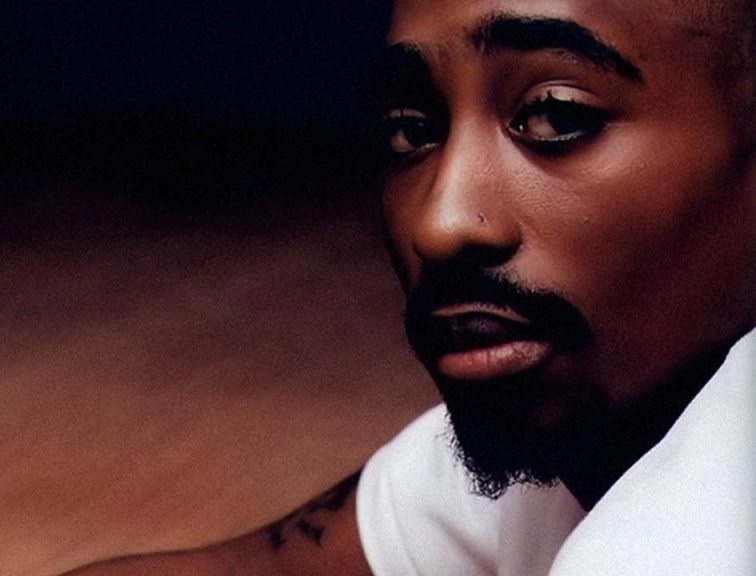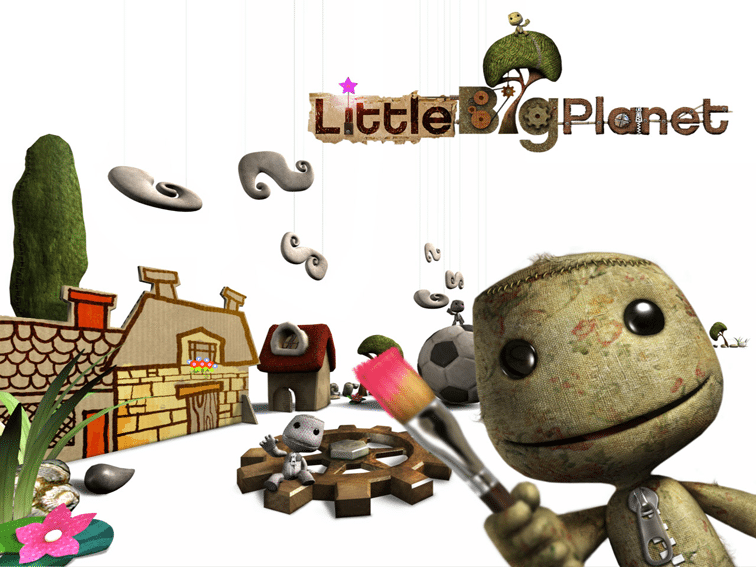When you see a Lady Gaga music video, do you think of it as a teachable material for your classroom? Probably not. But for some visionary teachers, pop culture is a useful tool that can help get students interested and engaged in learning, and even offer resources for better understanding classroom material.
Why Teach Pop Culture?
Pop culture offers an opportunity for educators to meet students where they are. Students spend much of their time interacting with popular culture, and using it as an educational tool allows teachers to make that time more productive. A 2010 Kaiser Family Institute report indicates that youth between the ages of 8 and 18 spend approximately 7.5 hours per day, seven days per week using media, including TV, music, video games, and books. That’s up to 53 hours every week that could potentially be directed into learning.
Meeting students where their interests lie allows educators to better communicate with their pupils. Students who aren’t interested in discussing historical details are likely to open up quickly when you mention a popular YouTube video or sports team. Although bringing popular culture into the classroom isn’t always directly related to learning, it does allow teachers to capture the attention of students who would otherwise not be interested.
“Let them tell you about their world and you’ll have a much easier time telling them about yours,” says history professor Clay Morgan. “Effective teaching hinges upon communication, and you can’t communicate without entering into the world of those you wish to reach.”
Thanks to popular shows like Sesame Street, students today are now used to learning through “edutainment.” In fact, PBS reports that there are more than 74 million “graduates” ofSesame Street in the United States alone. Learning through entertainment is nothing new to the current generation of students, so it feels natural for them to experience learning through pop culture in the classroom. They may not even know that it’s happening. “Students go home laughing about the TV we discussed and often fail to realize that we conducted a sociological study,” Morgan says. “That’s edutainment.”
Pop culture consumers, including students, are interested in learning about science and history through media. You only need to look at box office hits to understand that students can appreciate edutainment. Titanic is the second-highest grossing movie of all time. The movie may not have followed complete historical accuracy, but this does show that the interest is there for educators to capitalize upon.
Pop culture outside the classroom inspires learning as well. It’s important to note that although students are spending nearly 53 hours every week enjoying some sort of media, time spent reading books and other printed media is included in that figure. Overall interaction with media is on the rise, and that includes reading. In fact, time spent reading books has increased over the past 10 years. Students are connecting with media, no doubt, but educators can influence and steer at least some of that connection into media that offers educational value.
Success Stories in Teaching Pop Culture
Using pop culture in the classroom is not a new idea, and many teachers have found success putting it to work. Music videos, video games, and even Internet memes have all helped educators engage students in learning and help them find deeper conceptual understanding.
Rachel Schneider teaches Women’s Popular Genres, and has used pop culture to introduce students to reading practices in the course. In the first week of her course, Schneider’s students examined Destiny’s Child Independent Women Part I in close reading, taking notes on the lyrics, costumes, dancing, and more. Students were able to read the material deeply, and also put it into musical and political context, considering the video in terms of feminism and cultural relevance. Schneider believes that this video provided good material for rhetorical and literary analysis, and at the end of the course, the students identified this particular text as a favorite.
Three teachers at Centennial High School in Gresham, Ore., have found success in bringing pop culture to the classroom. Rana Houshmand, Eli Nolde, and Nicole Johnston use pop culture lessons to teach state standard material in a more creative way. They use pop culture as a tool for improving students’ literary critical thinking skills. Houshmand first asks students to analyze the lyrics in a Lady Gaga song, then moves on to a Robert Frost poem, where they can use their interpretation skills they’ve learned through material they’re already familiar with. Houshmand’s colleague Nicole Johnston explains that bringing pop culture into the classroom makes students excited and engaged in learning:
“They’re making very interesting points about the texts. They’re posting other YouTube videos. It’s sparking a lot of conversation beyond the initial classroom discussion.”
Morgan uses pop culture to help students better understand difficult topics. In one lesson, Morgan explained that the Zombieland rule of “double tap,” or, shooting twice to make sure a zombie is actually incapacitated, is much like the post-WWII Morgenthau Plan that was designed to keep Germany from getting back up and going on the offensive. “My students will never forget the stakes of the post-war world with such a powerful visualization, ” Morgan says.
Love them or hate them, it’s difficult to escape the parodies of Carly Rae Jepsen’s hit song, “Call Me Maybe.” Two middle school science teachers, Diane McDonough and Tara Tetreault, brought their version to class with “Call it Density,” a parody designed to introduce the concept of density to students. The teachers report that students enjoy their video and find it fun. Some students even asked to have the video shared online. But the real value isn’t in entertainment; it’s the way they’ve captured student interest and provided them with a good introduction. After viewing the video, McDonough and Tetreault bring the concept of density to life in their classrooms, showing students how to capture and graph data.
8 Tips For Integrating Pop Culture In The Classroom
1. Create lessons that will linger in students’ minds.
One teacher completely rewrote the lyrics to Dynamite by Taio Cruz, creating a new song,Satellite (I’m Galileo), complete with historically correct references. Students may not remember every single one of those references, but as they struggle to get lyrics like “I throw my telescope in the air sometimes/Saying AYO-/I’m Galileo” out of their minds, you can be certain they’re thinking about Galileo.
2. Use popular culture as a conversation starter.
Spark discussion in your classroom by showing relevant film clips that get students interested. The National Education Association recommends using clips as a focal point for discussion, and as a resource that encourages interaction. Film is especially useful for starting conversations, as students may have a strong opinion about what they’ve seen and naturally will want to share.
3. Encourage students to write about what interests them.
Teacher Gaetan Pappalardo encourages other educators to allow students to write on subjects that matter to them. Relating a story of an eight-year-old student who couldn’t believe he was allowed to write a paper about Transformers, on the value of giving students the freedom to express their interests, Pappalardo explains ,”Being told what to write year after year can be compared to a wild animal held in captivity for a very long time. When it’s released back into the wild (writing freedom), when the iron door lifts, their eyes say, ‘What the hell do you want me to do now?’”
4. Examine popular culture as a model for studying educational materials.
Prepare students to study poetry by passing out popular song lyrics and asking them for feedback, discussing word meaning, tone, and composition. Former English teacher Gaye Weintraub used this idea to familiarize students with the idea of poetry and show them how to engage in close reading, first with songs, and then with poetry. The result? “Most students ended up in the library looking for more books on poetry and brought poems they discovered on their own to me,” says Weintraub.
5. Make ideas more relatable and easy to understand.
When Clay Morgan explained post-WWII double tapping through Zombieland, he wasn’t dumbing down history. Rather, he was speaking his students’ language. Students may find it difficult to identify with international relations, but put it in terms of zombie warfare, and they’ll get it.
6. Encourage students to create their own media.
Explore the lives of historical figures by asking your students to create fictitious Facebook or Twitter accounts for them. Create and share videos of dramatic historical reenactments as played by action figures on YouTube. Get students involved in the creation of these resources, and they’re likely to understand the educational ideas behind them.
7. Become familiar with what students enjoy.
Most teachers are at least one generation removed from their students, so it can be difficult to relate to their interests. You may even feel awkwardly out of touch when exploring pop culture for use in education. Fortunately, there are resources that can help, including Urban Dictionary, teen magazines, and Facebook.
8. Be careful about explicit content and copyright.
Although pop culture can be fun and useful in the classroom, it’s not always the right fit. Consider the age and maturity of your students when presenting material, and be sure that if you are sharing explicit content, it is academically relevant. Educators should also become familiar with fair use guidelines that govern copyrighted material. Although fair use allows for generous educational use of copyrighted works, some material may not be used in its entirety or distributed as copies in the classroom.
You may feel silly or out of place bringing pop culture into the classroom, but the benefits of its educational use are too great to ignore. Pop culture is more than entertainment; it’s a useful tool for connecting with students, improving engagement, and deepening understanding. And of course, it’s fun to turn students from uninterested zombies into students interested in zombies.



